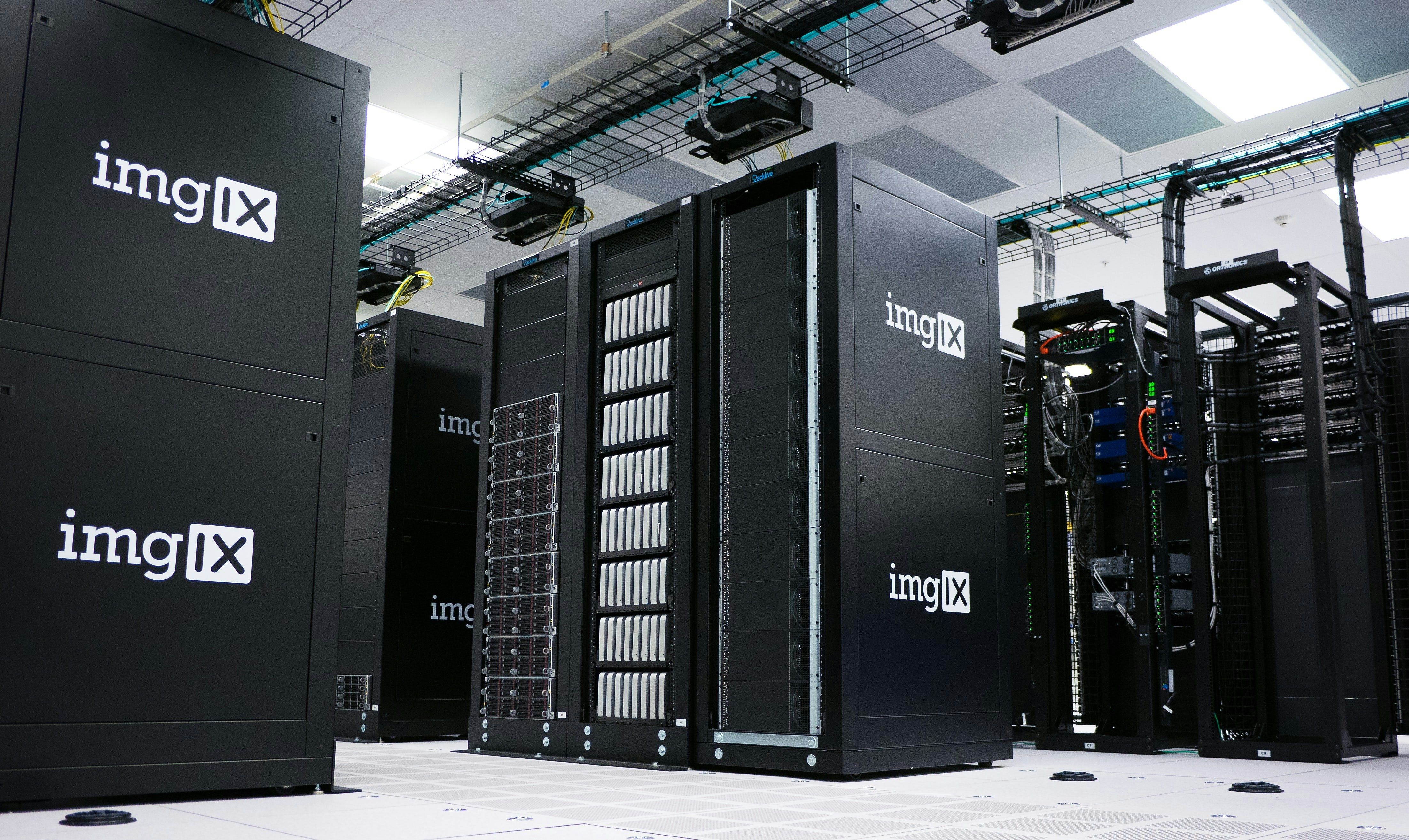Oct 16, 2024
Projected to skyrocket to a massive $44.7 billion industry by 2029 with an impressive CAGR of 15.3%, the serverless computing market continues to go from strength to strength.
And why not? The idea is very compelling: focus on your app, and let someone else worry about the infrastructure.
You’ve definitely heard about serverless before, but if you're still wondering whether it’s the right choice for your startup, you’re not alone. While many have jumped on the serverless bandwagon, some have stepped back.
The truth is, every startup's needs are unique. So, if you're wondering whether going serverless is the right move for your startup, you're in the right place.
What is Serverless Architecture?
First things first: what does "serverless" even mean? As you're probably aware, It doesn’t actually mean there are no servers involved. There are definitely servers—plenty of them—but they’re managed by your cloud provider.
Instead of maintaining servers yourself (or hiring people to do it), you just run code on-demand. No need to worry about provisioning, scaling, or managing the infrastructure. Almost like having a dedicated IT team, minus the payroll.
Serverless architecture is built to scale automatically based on your app’s needs. You don’t pay for idle resources, which means your startup saves money when things are quiet, but can handle spikes in traffic without breaking a sweat.
Benefits of Going Serverless for Startups
Now that we know what it is, let’s talk about why startups in particular might want to hop on the serverless train.
1. Cost Efficiency
Startups live and die by their budgets, and the cost-efficiency of serverless is a huge selling point. With traditional infrastructure, you often have to predict how much capacity you'll need and pay for it, whether you use it all or not. Serverless flips the script—you only pay for what you use. So, if your app is getting light traffic, your costs stay low. When you start to scale, the pricing scales with you.
2. Scalability
Speaking of scaling, serverless really shines here. Cloud providers automatically scale your app up or down based on demand. No need for a midnight rush because your servers can’t handle the load—serverless has you covered.
3. Faster Time to Market
Every startup wants to launch fast and iterate quickly, right? Serverless helps you focus on writing and deploying code rather than setting up and managing infrastructure. The less time you spend messing with servers, the more time you can spend refining your product.
4. Focus on What Matters
As a startup, your team is probably wearing multiple hats. Serverless allows you to offload the operational burden of managing servers, freeing up your team to focus on the core business—whether that’s building features, acquiring users, or refining your go-to-market strategy.
5. Built-in Security and Maintenance
Cloud providers handle a lot of the heavy lifting when it comes to security, updates, and maintenance. No more worrying about patching servers or updating software—your cloud provider has that covered, which is a big plus for lean teams.
Speaking of startups, if you're building one and would like to take your project management game to the next level, then you should check out Homie. Homie leverages AI to help your team stay on track with minimal effort and management overhead.
Challenges of Serverless for Startups
Serverless is not all sunshine and rainbows, however. Like any tech, it has its downsides—some of which are dealbreakers for certain applications.
1. Cold Starts and Latency
One of the main issues with serverless is cold starts. When your app hasn’t been used in a while, the cloud provider has to "wake up" the code before it can execute. This can lead to a small (but sometimes noticeable) delay, which can affect user experience, especially for apps that need to respond in real time.
2. Vendor Lock-in
When you go serverless, you’re committing to a particular cloud provider’s ecosystem. While they’re incredibly powerful, you might find it hard to switch providers down the road if your needs change. Be sure to weigh the risks of getting locked into one platform’s way of doing things.
3. Complex Debugging and Monitoring
Serverless functions can be a bit tricky to debug, especially since you’re not dealing with traditional servers. Monitoring and tracing issues across multiple serverless functions isn’t as straightforward as it is with a conventional setup. This adds some complexity to troubleshooting and performance monitoring.
4. Limited Customization
With great convenience comes... some limitations. Serverless platforms abstract away a lot of control. If your startup needs fine-grained control over your infrastructure or wants to run specific custom environments, serverless might feel restrictive.
When Should Startups Consider Serverless?
So, when does it actually make sense to go serverless?
Good Fits for Serverless
Event-driven applications: Apps like chat systems, push notifications, or image processing that rely on specific event-triggering functions are a perfect match for serverless.
Low-maintenance applications: If you don’t want to deal with constant server monitoring or have fluctuating traffic, serverless can keep things smooth without a ton of hands-on management.
Not-so-Great Fits
Long-running tasks: If your app has long-running processes (think video encoding, large data processing), serverless may not be ideal. Serverless functions are usually short-lived and may not be able to handle these types of workloads without special workarounds.
Heavy customization needs: Apps requiring a lot of control over hardware or special environments might be better served by traditional setups.
Key Considerations Before Going Serverless
Before jumping in headfirst, consider these key factors:
Budget: While serverless can be cost-effective, it’s worth running the numbers for your specific use case. If your app’s usage spikes constantly, the costs could add up. You should also take extra precautions and optimize usage as much as possible to avoid the all-too-common cloud bill shock.
Traffic Patterns: If you expect unpredictable traffic patterns or seasonal spikes, serverless’s auto-scaling could save you time and hassle.
Team Expertise: Does your team have experience with cloud services? Serverless might have a learning curve, especially when it comes to debugging and monitoring.
Customization Needs: If you need complete control over your server environment, serverless might not be the best fit.
Homie’s Self-Managed Serverless Architecture: Prioritizing Privacy and Security
Here at Homie, instead of outsourcing hosting to a 3rd party, like Vercel, we opt to self-manage our own serverless architecture in a private network on AWS. There were several key advantages that made us go this route.
Data privacy & Security: Being self-managed in a single Virtual Private Cloud (VPC) means we don’t have to expose the database (your data), cache, or queue workers to the public internet, ensuring your data remains secure.
Improved performance: Operating within a single network means our resources can talk to each other directly, and not over HTTP(s). This setup significantly reduces response times for us, and keeps Homie feeling snappy in Slack.
Reliability: Less vendors, less moving pieces = less points of failure. A single failure in any critical resource vendor, e.g. queued workers, would mean the entire service came down. Being self-managed means we only need to worry about our services, and AWS.
This all comes at a cost of complexity, and increased running costs (~$300/month just on idle!). In our case, this wasn’t really an issue as we have a team that’s been building apps on AWS for years. We’re very familiar with security best practices, as well as common failure points in the architecture.
However, if you’re short on time, or lack experience with AWS, we wouldn’t recommend self-hosting.
Conclusion
Serverless architecture can truly be a game-changer for startups. It can help cut costs, scale automatically and let you focus on what really matters—building a great product.
But, like any tech decision, it’s important to weigh the pros and cons carefully. If your startup has a use case that aligns well with serverless, it could be the perfect solution to help you grow fast without the overhead of traditional infrastructure.
Besides, no one ever said you need to go fully serverless. You can run specific components or services on serverless infrastructure while keeping the rest on managed systems—it's what all the big players do!

Yusuf
Technical Writer
Let's be homies.
Contact
yo@homie.gg
